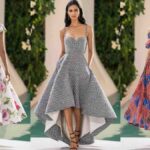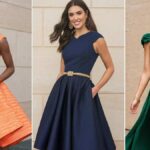Dresses are among the most versatile and essential garments in a woman’s wardrobe. From casual daywear to elegant evening attire, the variety of dresses available today is vast. Each dress type comes with its unique design, style, and occasion, making it essential to understand which dress suits a particular body type, event, or season. In this comprehensive guide, we’ll explore 48 dress types in detail, complete with examples and pictures. Whether you’re dressing up for a formal event or choosing something casual for a day out, this guide will help you make informed choices.
What Is a Dress?
Women and girls have traditionally worn a dress, a on piece garment.. It typically covers the torso and extends down over the legs, though lengths and styles can vary widely. Designers usually make dresses from various fabrics and offer them in multiple styles, catering to different tastes and occasions. and body types. They can be simple or elaborate, depending on the material, cut, and embellishments used.
Dresses have been a staple in women’s fashion for centuries, constantly evolving with cultural trends and the fashion industry’s innovation. From classic silhouettes like the A line to modern, more daring cuts like the Bodycon Dress, dresses have the power to make a statement or provide comfort.
How Do We Categorize Dresses?
We can categorize dresses in several ways, depending on factors such as:
- Length: Mini, midi, maxi, etc.
- Fit: Body hugging, loose, flared, etc.
- Neckline: V neck, halter, off shoulder, etc.
- Sleeves: Sleeveless, long sleeve, short sleeve, etc.
- Occasion: Casual, formal, cocktail, wedding, etc.
- Material: Cotton, silk, satin, polyester, etc.
Each of these categories affects the overall look, feel, and suitability of a dress for different occasions and body types. For example, a Bodycon Dress is tight fitting and ideal for highlighting curves, while a Shift Dress offers a looser, more relaxed fit.
Types of Dresses (With Examples & Pictures)
Midi Dress types
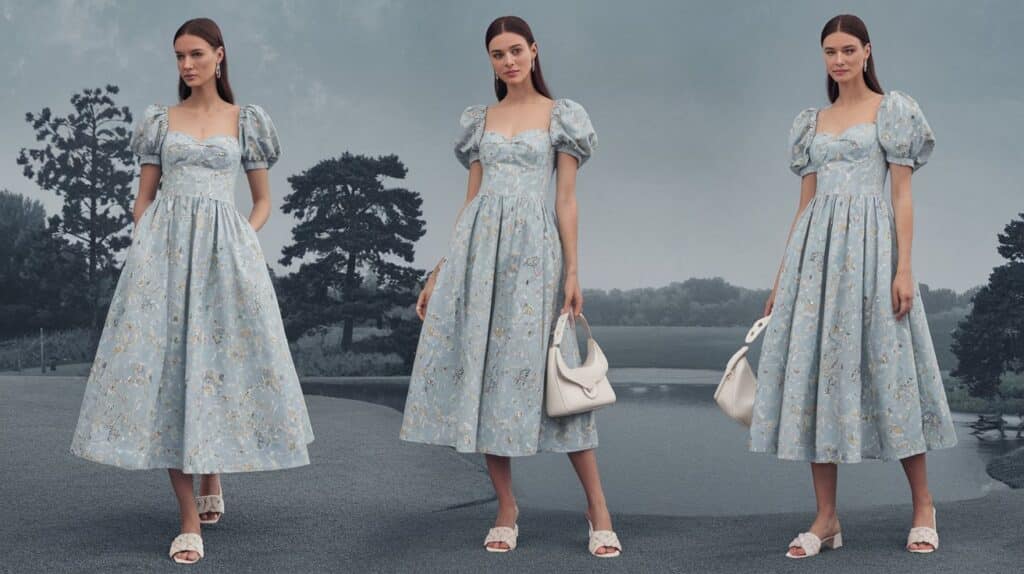
The Midi Dress falls between a mini and a maxi, making it the perfect in between for when you want a bit more coverage but still want to show some leg. This length typically ends mid calf, making it ideal for both casual and formal occasions. You’ll often see this style in lightweight fabrics for summer wear, but it’s also great in thicker materials for cooler seasons. The midi dress offers versatility as a wardrobe staple, styling well for different body types and occasions.
Maxi Dress
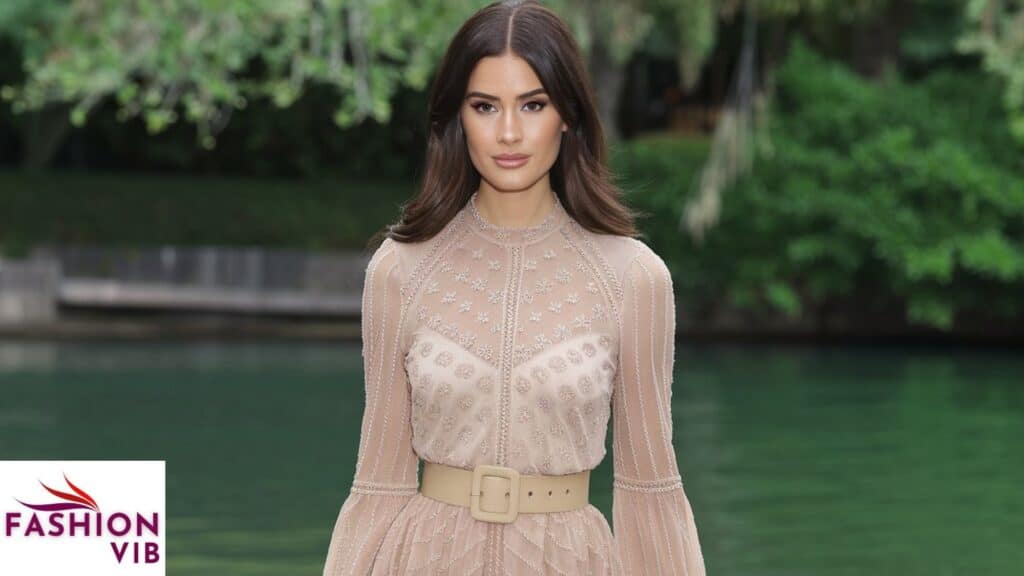
The Maxi Dress is long and typically reaches the ankles. Its flowing silhouette makes it popular in warmer months, but it easily transitions into colder weather with the right accessories. It’s perfect for beach outings, casual days, or even more formal occasions when styled appropriately. The Maxi Dress is comfortable and forgiving, making it a go to for women of all shapes and sizes.
Bodycon Dress types
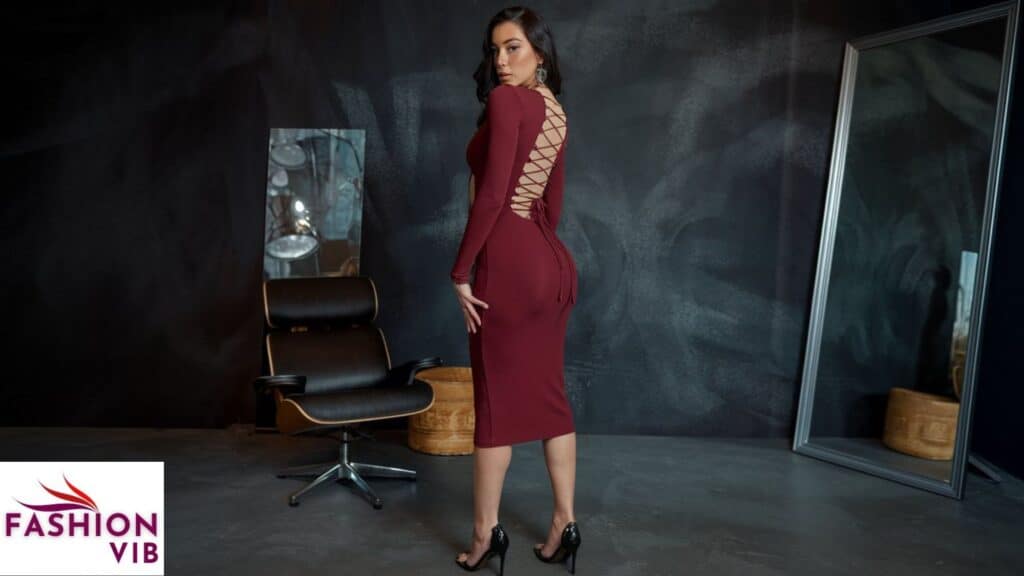
The Bodycon Dress is form fitting and designed to hug the body closely, emphasizing the natural curves. Made from stretchy materials, it’s a popular choice for nights out or occasions where you want to make a statement. Bodycon dresses come in short or midi lengths and often feature vibrant colors or bold patterns. They require confidence and comfort with your body shape, as they leave little to the imagination in terms of silhouette.
Off Shoulder Dress
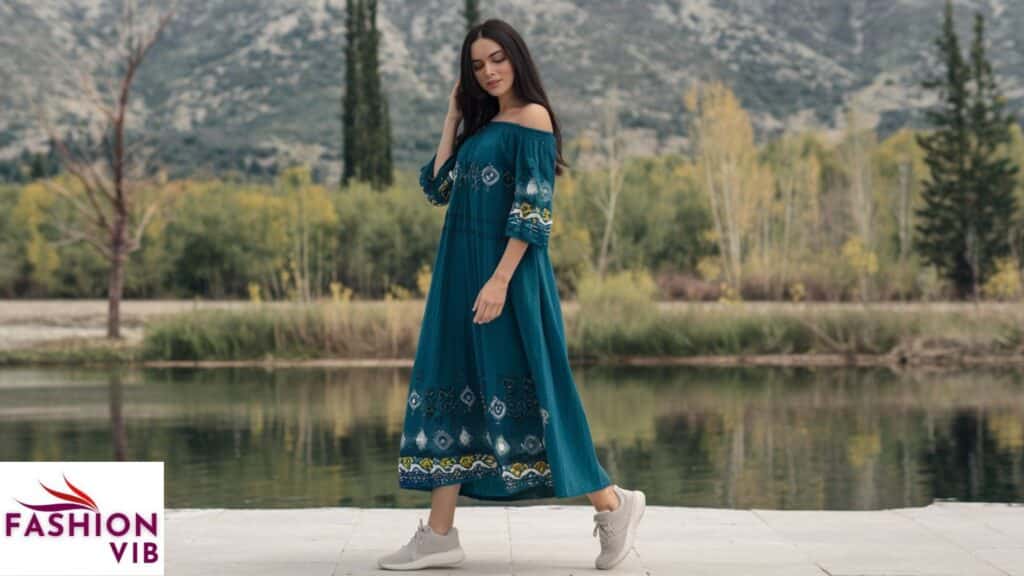
An Off Shoulder Dress exposes the shoulders and collarbones, making it a great choice for summer events or casual outings. The off shoulder design brings attention to the upper body, giving it a flirty and romantic vibe. I People often wear it at weddings, parties, or beach vacations.. This style is also popular in Sundresses, offering a relaxed yet feminine look.
One Shoulder Dress types

A One Shoulder Dress features a single strap over one shoulder, creating an asymmetrical design. This bold and modern look can be both casual and formal depending on the material and cut. People often use it for evening wear and cocktail dresses. The single strap design adds visual interest and is a great way to highlight the neck and shoulders.
Asymmetric Dress

The uneven hemline or neckline characterizes the Asymmetric Dress, adding a dynamic and modern touch to any outfit. These dresses can have one side longer than the other or a high low hemline. Asymmetry can create visual interest and a contemporary feel, making it ideal for evening wear or occasions when you want to stand out.
Shift Dress types

The Shift Dress is a simple, straight cut dress that hangs loosely from the shoulders. Its boxy silhouette makes the Shift Dress comfortable and easy to wear. You can dress this versatile dress up or down depending on the occasion. This style was particularly popular in the 1960s and remains a timeless favorite due to its simplicity and ease of movement.
Sheath Dress
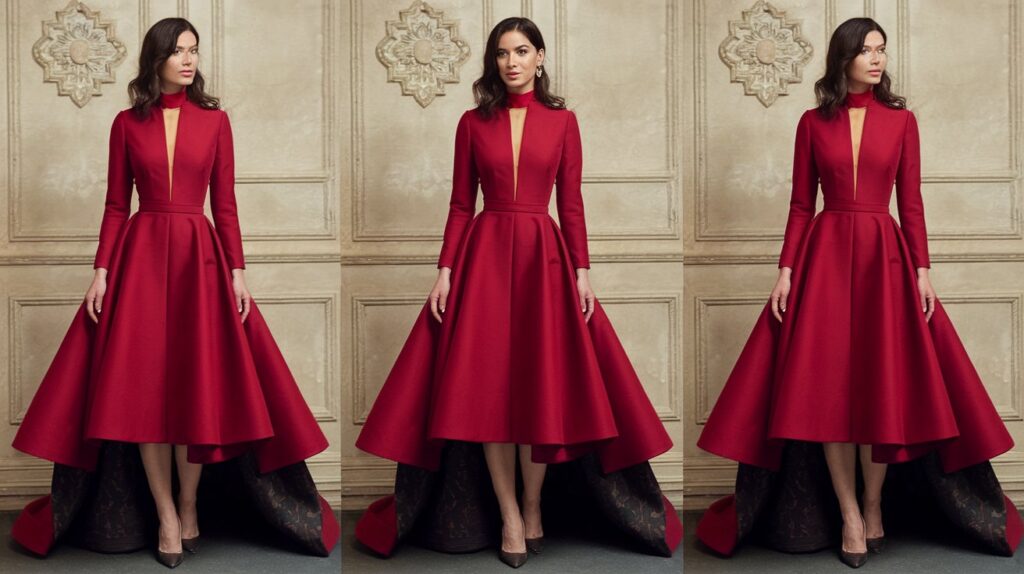
A Sheath Dress is a close fitting style that typically ends around the knee. Unlike the bodycon dress, the sheath dress has a more structured fit, often used for formal or office wear. It offers a sleek, elegant look and works well in professional environments or formal events. Designers often make sheath dresses from high quality fabrics like wool, silk, or crepe.
Wrap Dress types
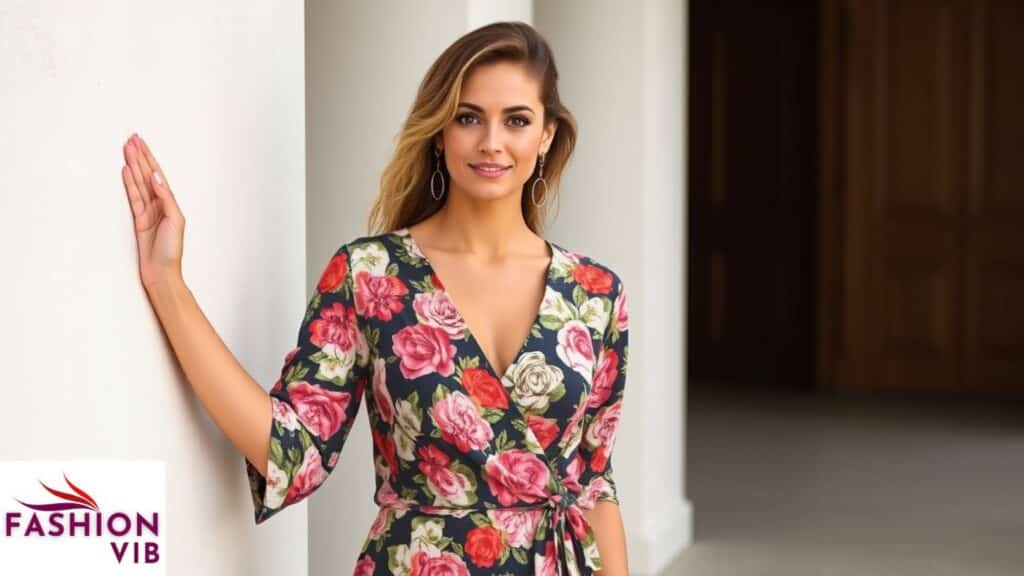
The Wrap Dress, designed to wrap around the body and fasten at the side, is one of the most universally flattering dress types. This style especially suits accentuating the waist and allows for adjustments to achieve a perfect fit. The Wrap Dress is versatile and works well for a variety of body shapes, offering both comfort and style. This style gained popularity in the 1970s and has remained a fashion staple ever since.
Drop Waist Dress
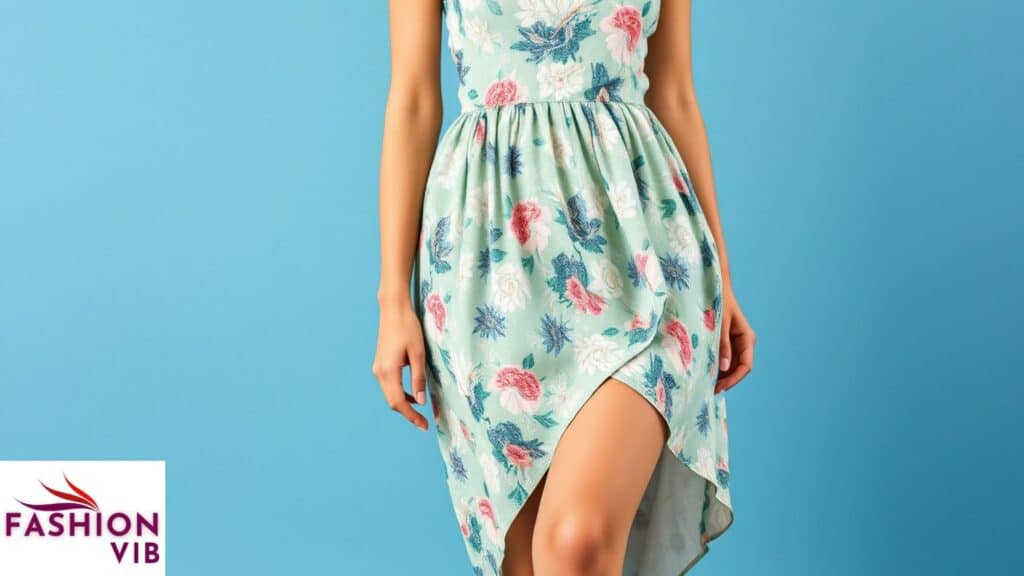
The Drop Waist Dress features a lower waistline, often falling near the hips rather than the natural waist. This creates a longer torso appearance and a more relaxed fit. It’s a youthful and playful style often seen in casual or semi formal settings. The drop waist dress became popular during the 1920s, particularly with the flapper style.
Shirt Dress types
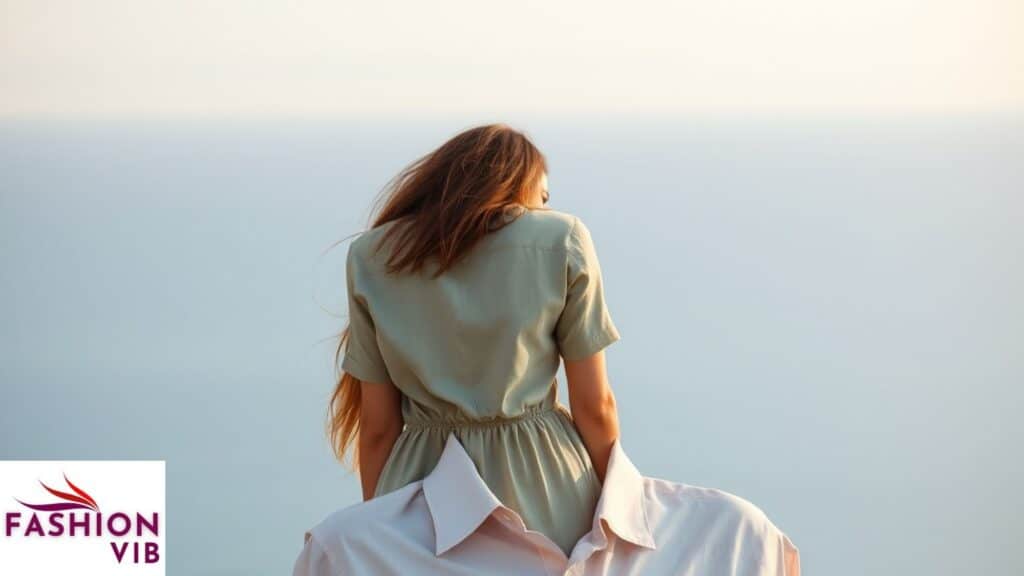
A Shirt Dress features a long shirt design styled as a dress It often has a button down front and a collar, much like a traditional shirt.
You can wear shirt dresses casually or dress them up with the right accessories. This versatile style is a go to for many women because of its ease of wear and timeless appeal.
T Shirt Dress
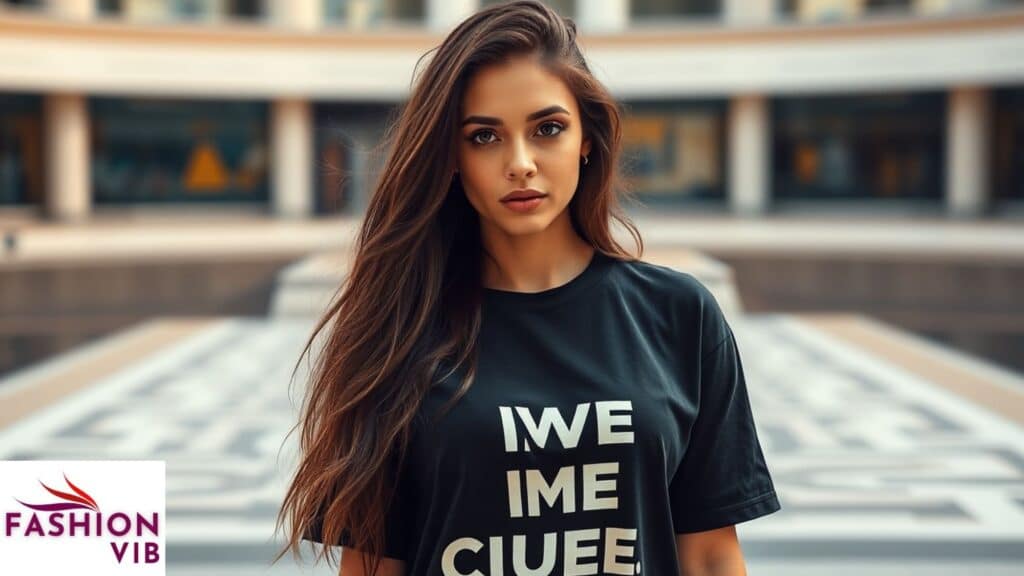
The T Shirt Dress epitomizes casual comfort. A T shirt dress is simply a long T shirt deigns as a dress and often features soft cotton or jersey fabrics. Perfect for summer days or laid back weekends, you can pair the T shirt dress with sneakers or sandals for an effortless look.
Sweater Dress types
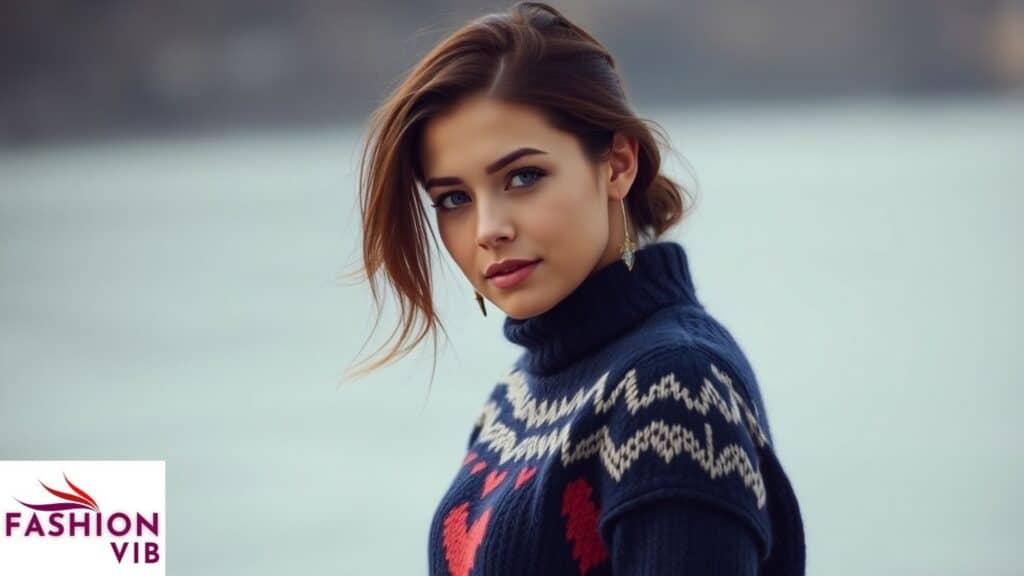
The Sweater Dress is a cozy, knitted dress perfect for fall and winter. Designers typically make it from wool, cotton, or synthetic fibers, and it can range in length from mini to maxi. Pair sweater dresses with tights, boots, and scarves for a chic cold-weather outfit. They’re warm, comfortable, and stylish, making them a winter wardrobe staple.
Blazer Dress
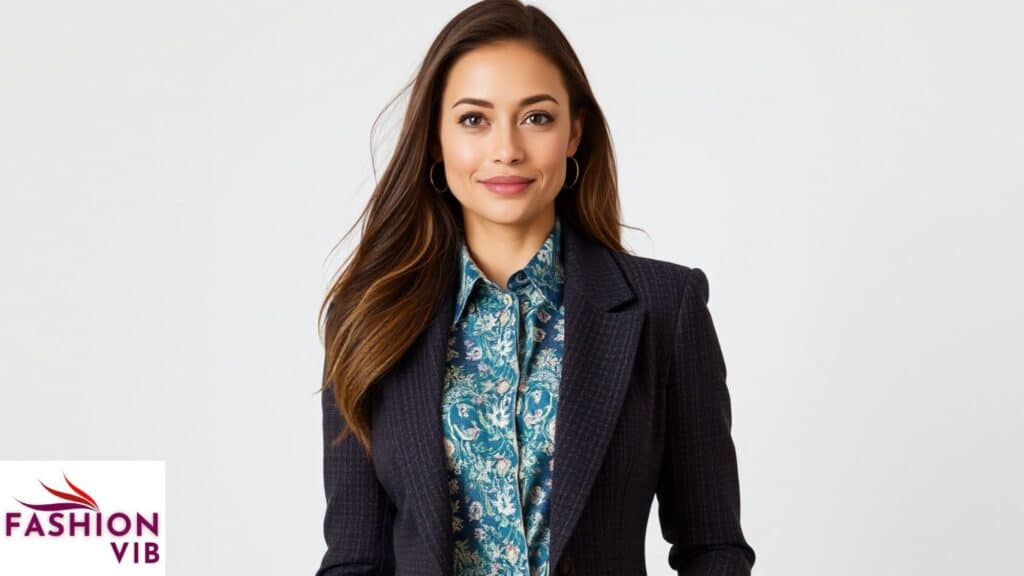
The Blazer Dress is a stylish combination of a blazer and a dress. It’s structured and formal, design it ideal for business settings or events where you want to make a polished impression. Blazer dresses are often double breasted and feature sharp tailoring, giving them a professional yet fashionable look. This style is perfect for women who want to blend sophistication with femininity.
Sundress Dress types
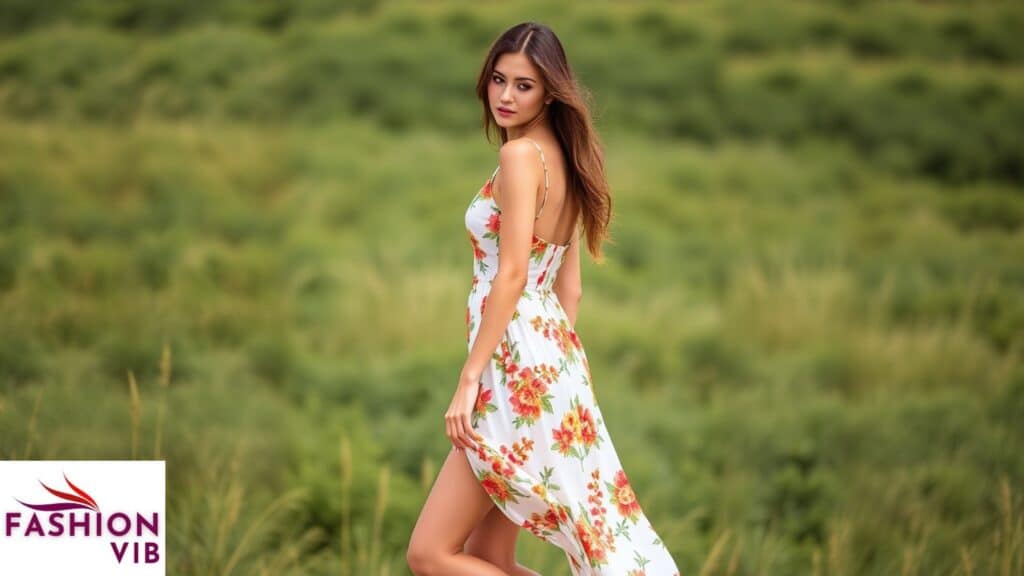
A Sundress is typically lightweight and casual, designed for warm weather. It’s often made from cotton or linen and features bright colors or floral patterns. Sundresses are perfect for beach days, picnics, or casual summer outings. They can be loose and flowing or fitted, depending on the design.
Empire Dress
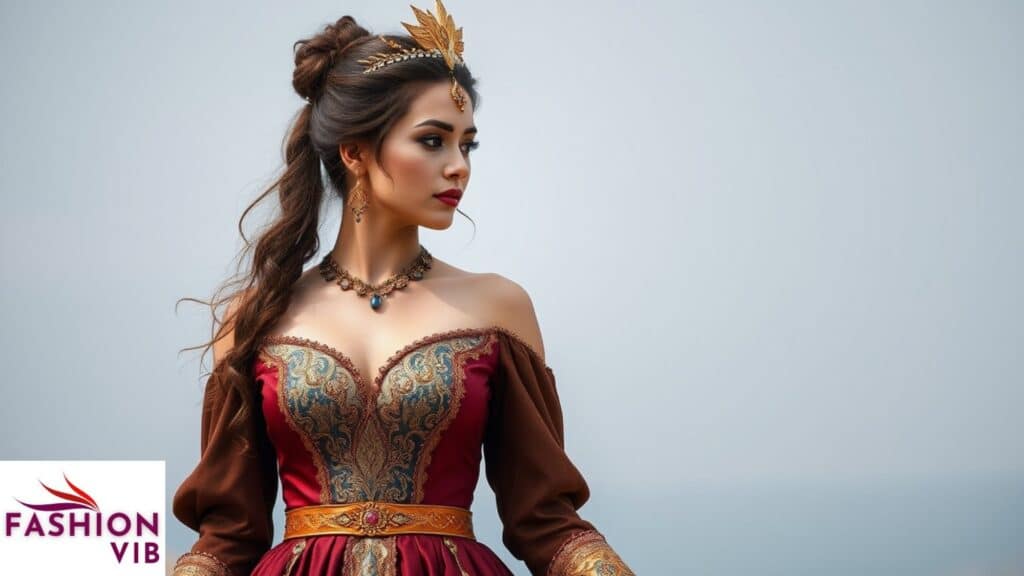
The Empire Dress features a high waistline that sits just below the bust, with a loose skirt flowing down from there. This style is flattering for many body types, especially for women who want to emphasize their bust or minimize their waist and hips. The empire waist dress is often seen in formal or semi formal occasions.
Princess or Ballroom Dress types
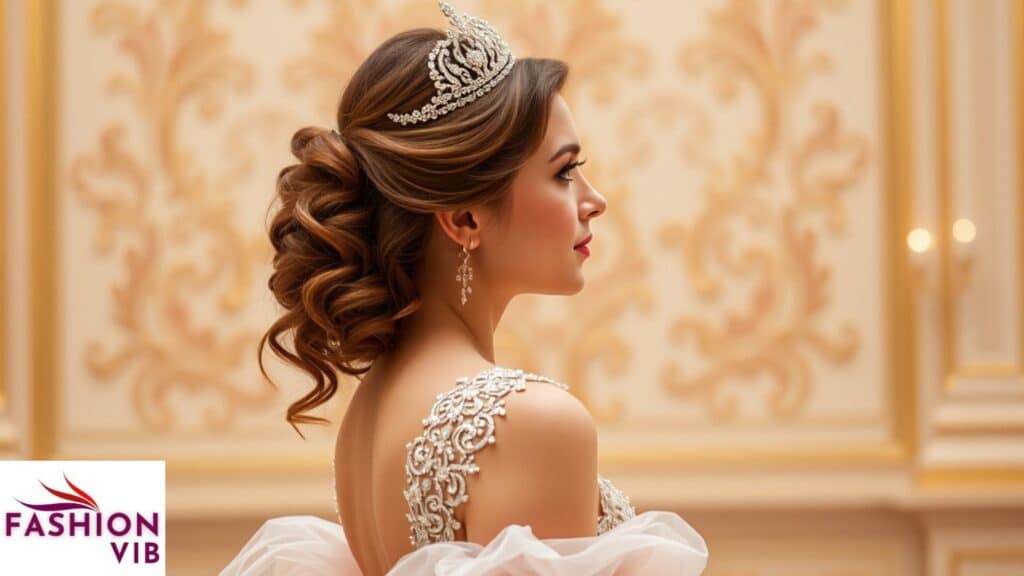
A Princess or Ballroom Dress is characterized by a fitted bodice and a full skirt. This is the quintessential “fairy tale” dress, often worn for formal events, weddings, or proms. The voluminous skirt creates a dramatic, elegant look. It’s a classic style that has been a favorite for centuries, especially for evening wear and formal occasions.
Peasant Dress

The Peasant Dress is loose fitting with a gathered neckline and waist. It’s often made from lightweight fabrics and can be adorned with embroidery or lace details. This style has a rustic, bohemian feel, perfect for casual wear or festival attire.
Bohemian Dress types

A Bohemian Dress, or “boohoo” dress, is free spirited and often features flowing fabrics, earthy tones, and intricate patterns. This style is perfect for casual or festival settings and is often paired with natural accessories like leather sandals or beaded jewelry. Bohemian dresses are known for their relaxed fit and artistic, eclectic designs.
Column Dress
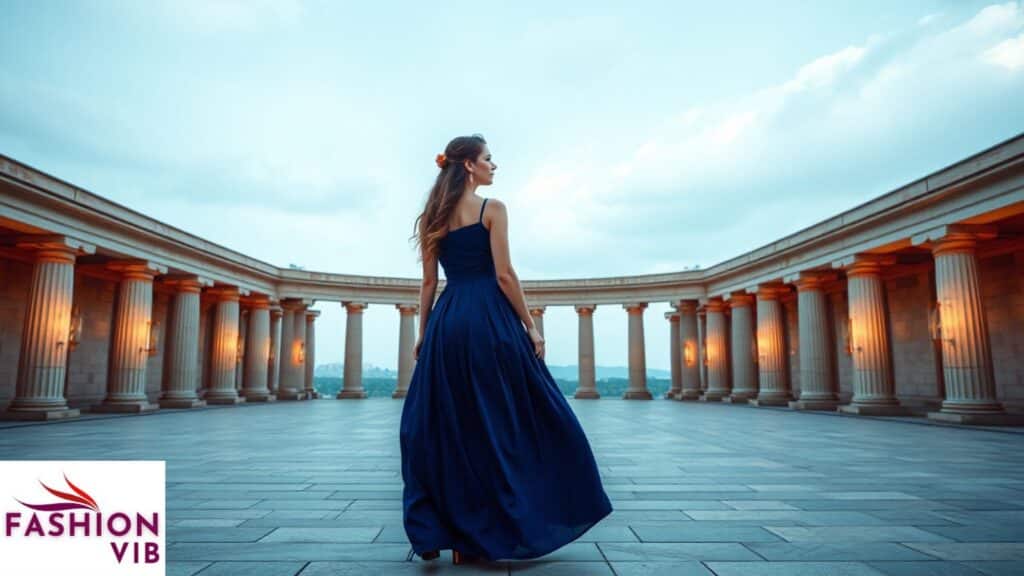
The Column Dress is a long, straight dress that hugs the body without being too tight. It’s often seen in formal wear, particularly in evening gowns. The column dress creates a sleek, statuesque silhouette and is a great choice for women who want to elongate their figure.
Chiton Dress types
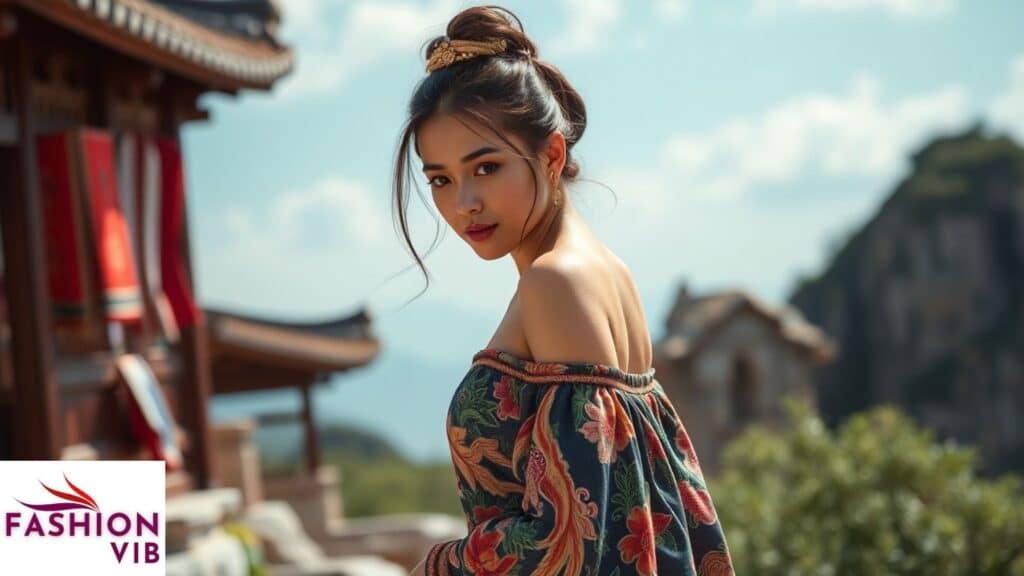
Inspired by ancient Greek fashion, the Chiton Dress features loose, flowing fabric draped over the body. This style is usually belted at the waist and often has pleats or folds that create a graceful, classical look. The chiton dress is perfect for formal or semi formal events where you want to achieve a timeless and elegant aesthetic.
Kaftan Dress
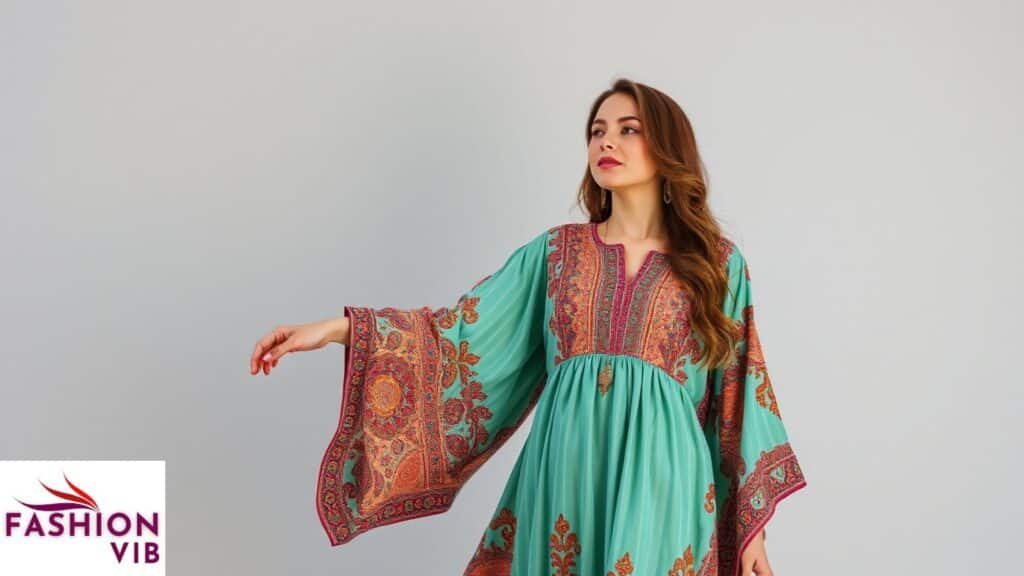
The Kaftan Dress is a loose, flowing garment that originated in the Middle East. It’s often made from luxurious fabrics and can be worn casually or formally, depending on the material and design. Kaftans are known for their comfort and versatility, making them a popular choice for beach cover ups or evening wear.
Kimono Dress types
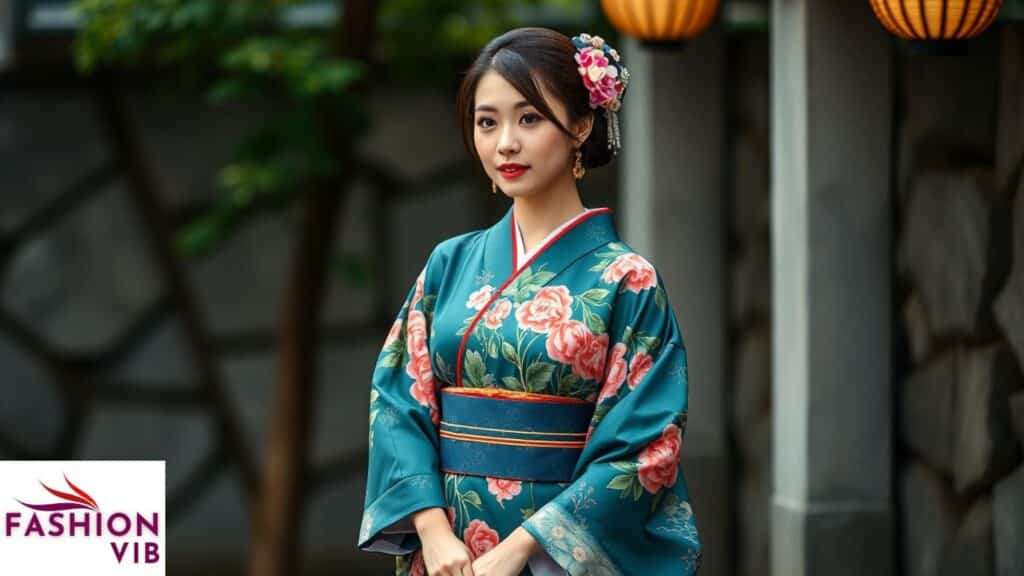
Inspired by traditional Japanese attire, the Kimono Dress features wide sleeves and a wrap around style, often tied with a sash. This dress style has been adapted into modern fashion with a variety of fabrics and patterns. Kimono dresses are elegant and comfortable, perfect for adding a touch of cultural flair to your wardrobe.
Qipao Dress
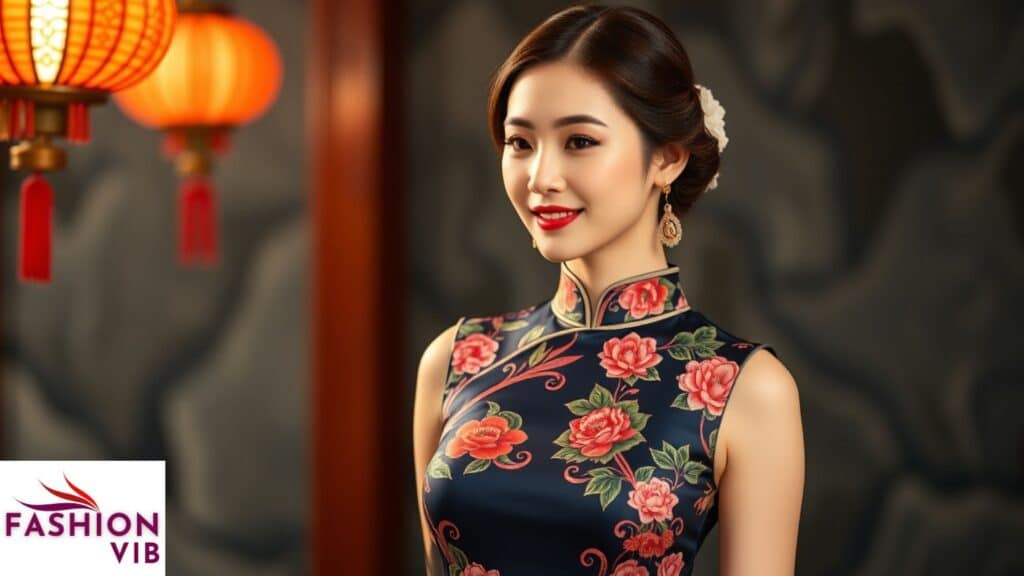
The Qipao Dress, also known as the Cheongsam, is a traditional Chinese dress that is fitted and often features intricate embroidery or floral patterns. It’s typically made from silk and has a high collar with a slit on the side. The qipao is a symbol of Chinese elegance and is often worn for special occasions like weddings or formal events.
Slip Dress types
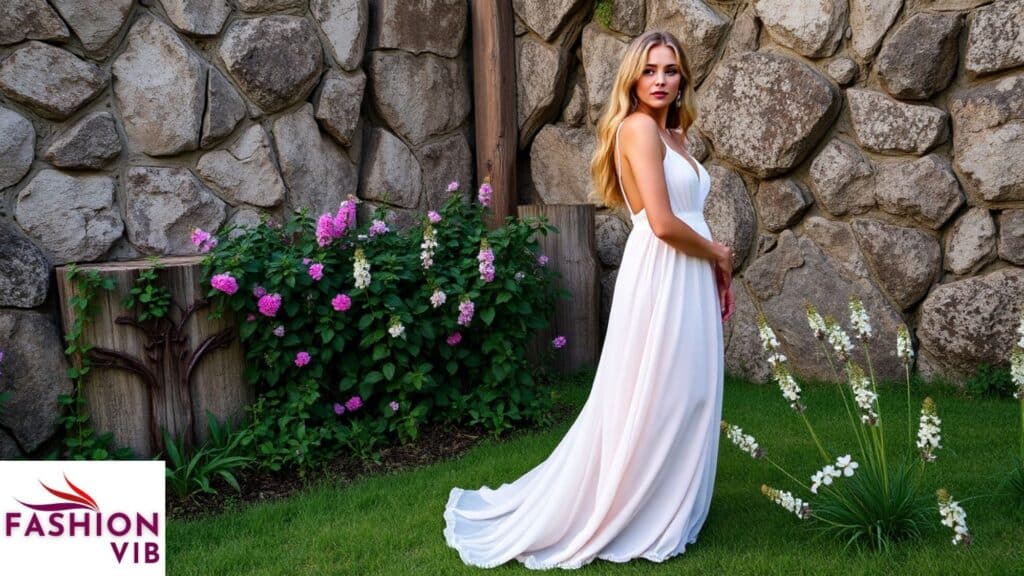
The Slip Dress is inspired by lingerie and is often made from satin or silk. It’s a minimalist dress that skims the body and is typically worn for evening events or parties. The slip dress gained popularity in the 1990s and has since become a staple in modern wardrobes due to its simple yet elegant design.
Mini Dress
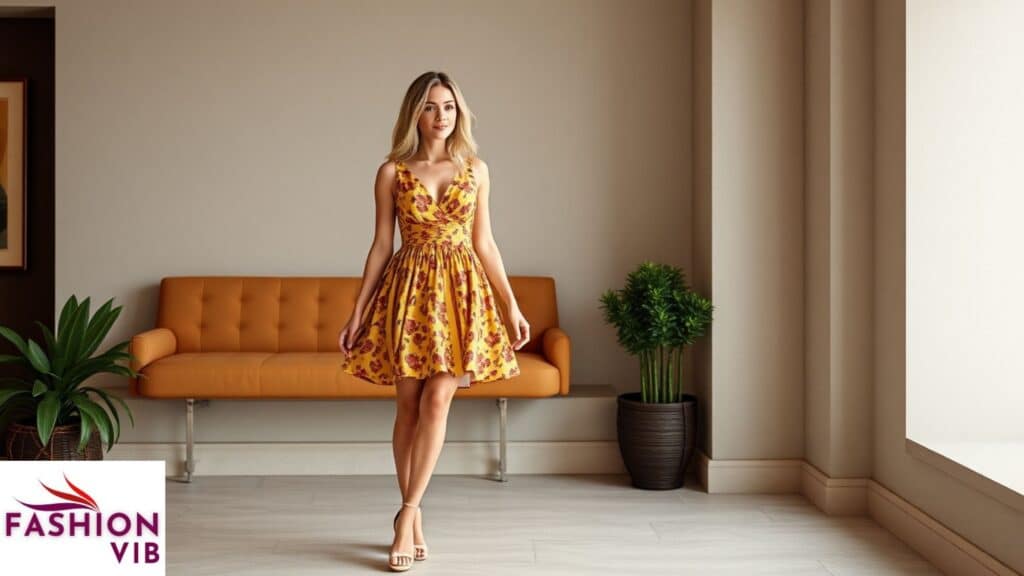
A Mini Dress is a short dress that typically ends above the knee. It’s playful, bold, and often worn for casual or semi formal occasions. The mini dress became popular in the 1960s and remains a favorite for women who want to show off their legs.
High Low Dress types
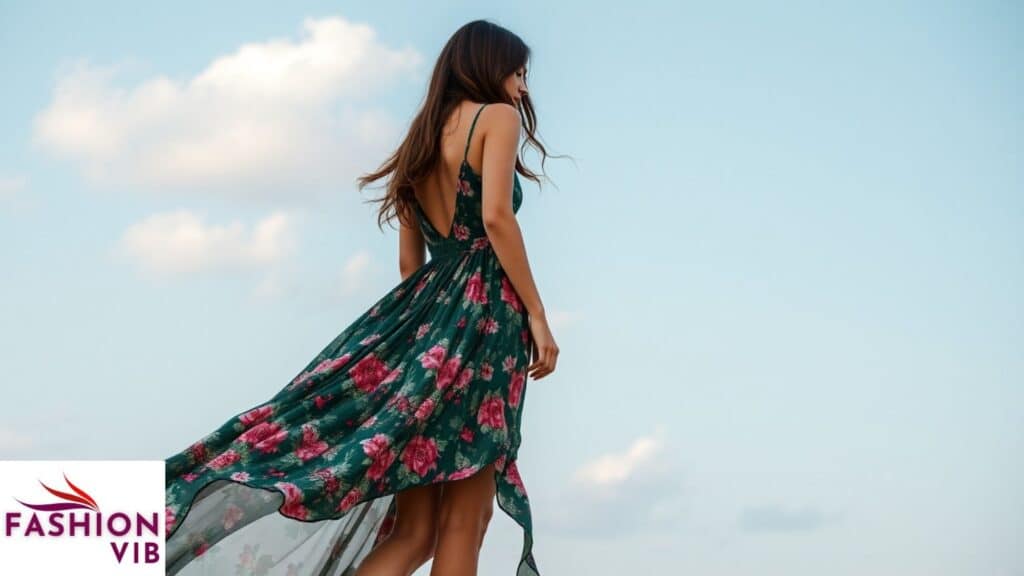
The High Low Dress features a hemline that’s shorter in the front and longer in the back. This asymmetrical style adds drama and movement to the dress, making it ideal for both casual and formal occasions. The high low dress is often seen in prom dresses, wedding gowns, and summer wear.
Tea Length Dress
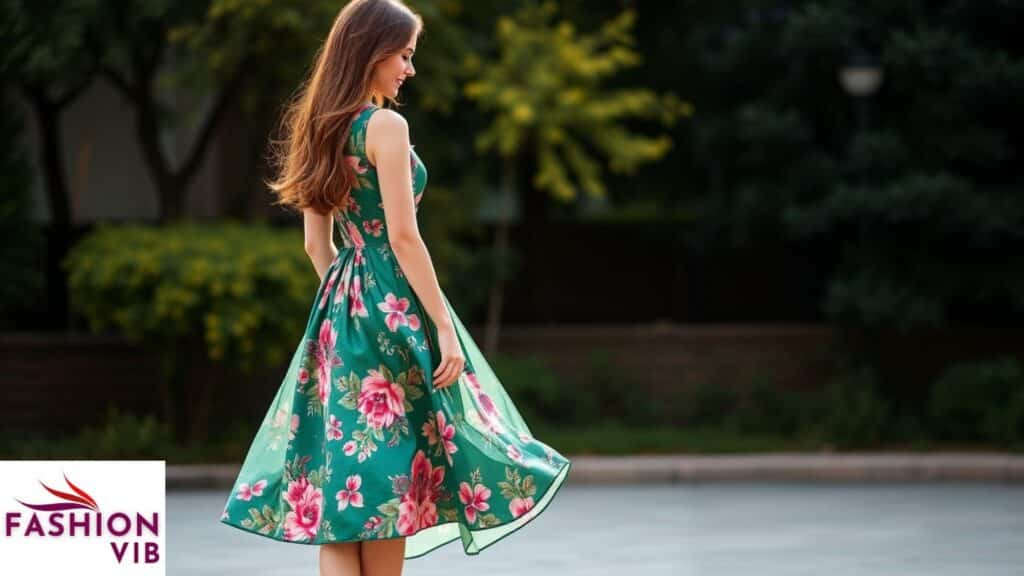
The Tea Length Dress falls between the knee and the ankle, making it a modest yet elegant option for semi formal or formal occasions. This style became popular in the 1950s and is often associated with vintage fashion. Tea length dresses are perfect for garden parties, weddings, or other special events where you want to look polished but not overly formal.
Midaxi Dress types
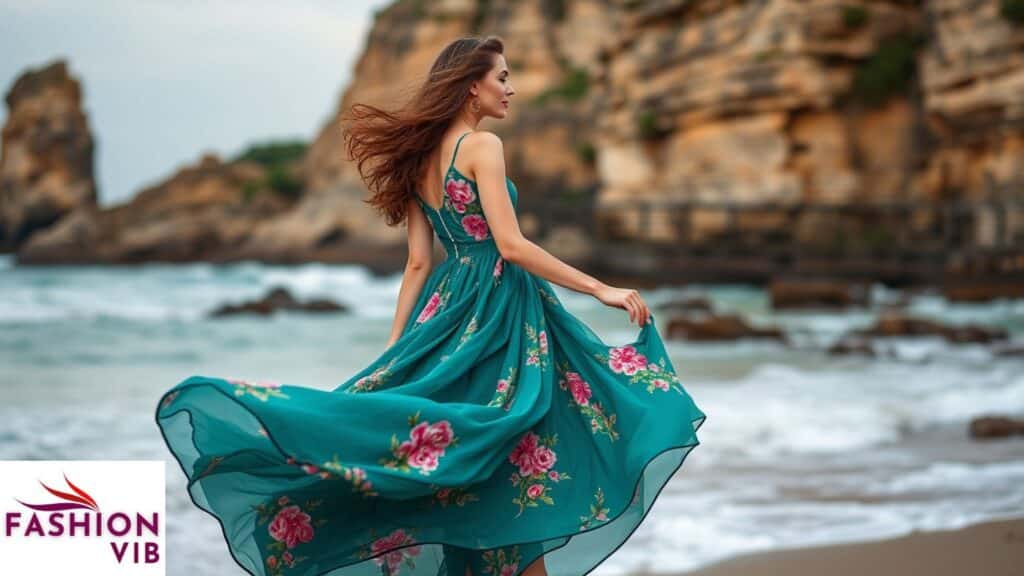
The Maxi Dress is a combination of the midi and maxi lengths, typically falling just above the ankle. It offers the elegance of a maxi dress with the practicality of a midi. This versatile dress can be dressed up or down and is perfect for both casual and semi formal events.
Baby doll Dress

The Baby doll Dress is short, loose fitting, and often has a high waistline. It’s a playful and youthful style that is often adorned with lace, ruffles, or bows. Baby doll dresses are great for casual wear, particularly in the summer.
Pinafore Dress types

Pinafore dress types are sleeveless garments often worn over a blouse or T shirt, giving a youthful and layered look. Typically made from fabrics like denim or corduroy, they are perfect for casual, laid back outfits.
Petticoat Dress types
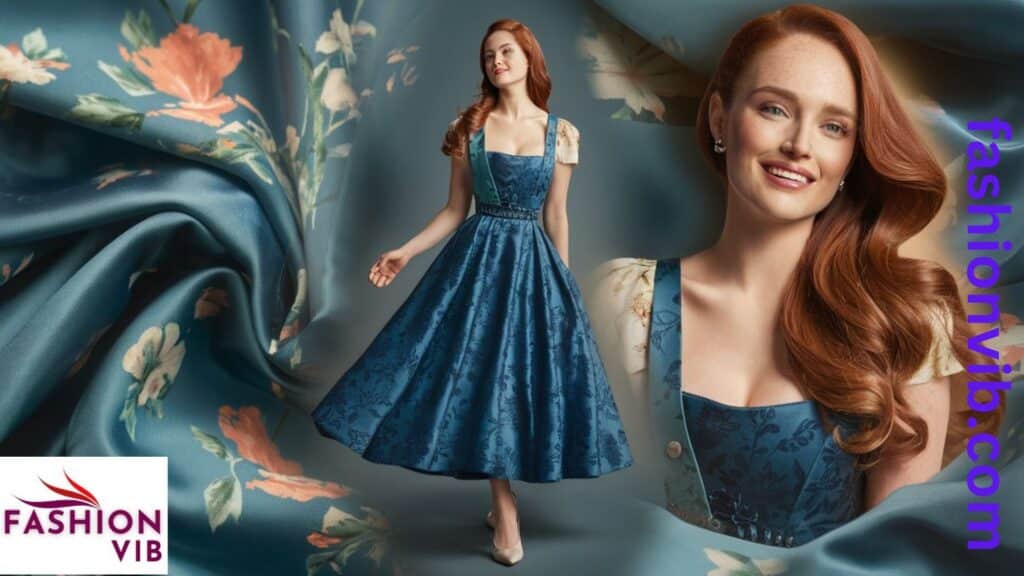
The Petticoat Dress features layers of tulle or lace under the skirt, creating a voluminous, princess like silhouette This style frequently aligns with vintage fashion and works perfectly for formal events like weddings or proms.
Coat Dress types

A Coat Dress is a structured dress that resembles a coat, often featuring buttons and a belted waist. It’s a sophisticated choice for formal or business settings. The coat dress offers versatility and suits colder weather when paired with tights and boots.
Mermaid or Trumpet Dress types
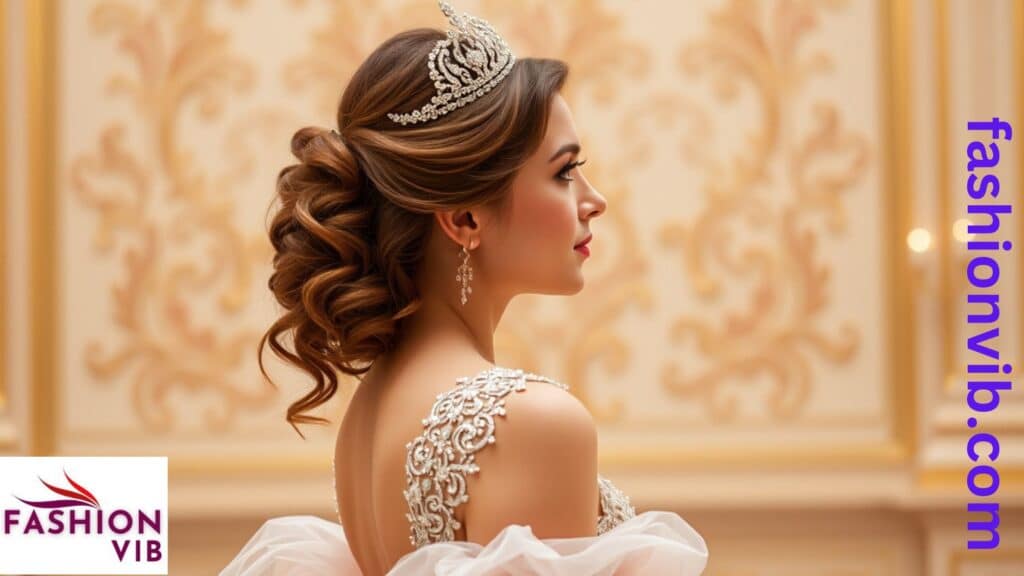
The Mermaid Dress, also called the Trumpet Dress, fits closely through the bodice and hips and then flares out dramatically at the bottom. This style often appears in bridal wear and formal gowns, as it creates a striking hourglass silhouette.
Skater Dress types

The Skater Dress fits closely at the top and flares out at the waist, creating a playful A line silhouette. Designers often make it from lightweight fabrics, making it perfect for casual wear or parties .Skater dresses flatter most body types and suit both dressed up and casual looks depending on the occasion.
Smock Dress types
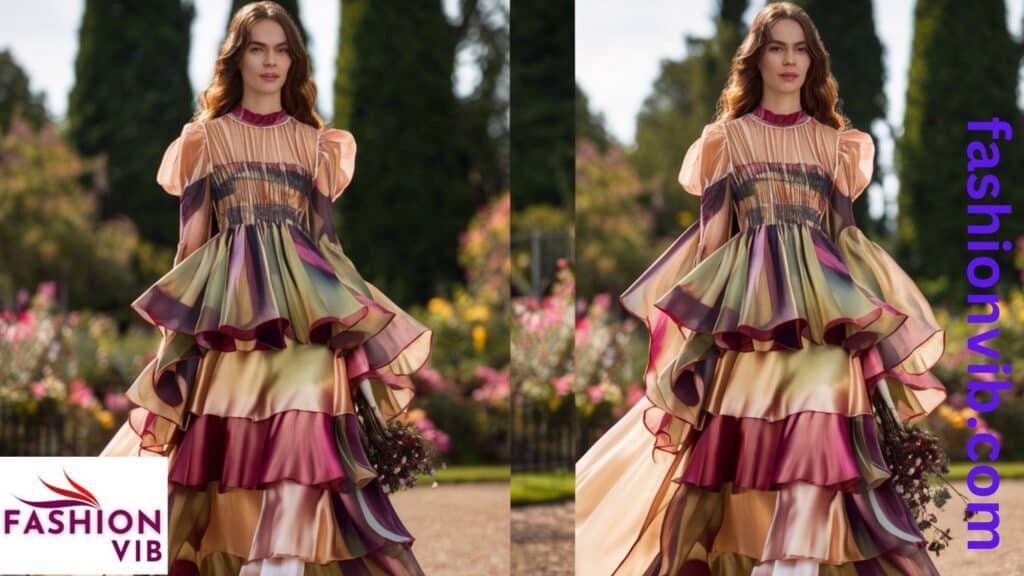
The Smock Dress is loose fitting and often features gathered fabric around the chest or waist. It’s a comfortable and casual style that is perfect for warm weather. Designers typically make smock dresses from lightweight fabrics like cotton or linen.
Peplum Dress types

The Peplum Dress features a flared ruffle or “peplum” at the waist, adding volume and a feminine touch to the silhouette. This style is flattering for women who want to create the illusion of a smaller waist. You can wear peplum dresses for both casual and formal occasions.
Balloon or Pouf Dress types
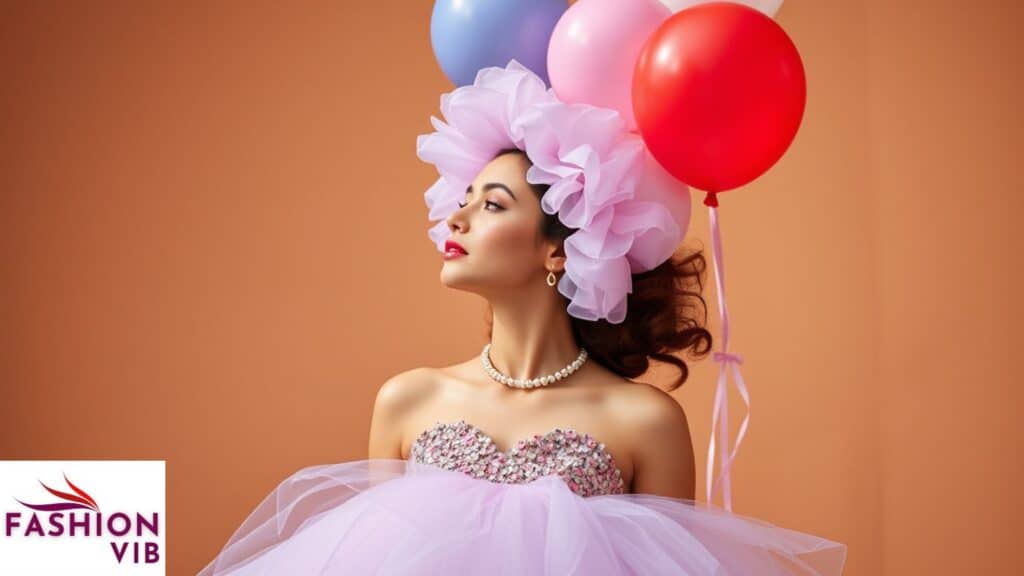
The Balloon Dress, also known as the Pouf Dress, features a voluminous, puffed out skirt that creates a dramatic and playful silhouette. This style frequently appears in formal wear and perfectly makes a bold fashion statement.
Trapeze Dress types
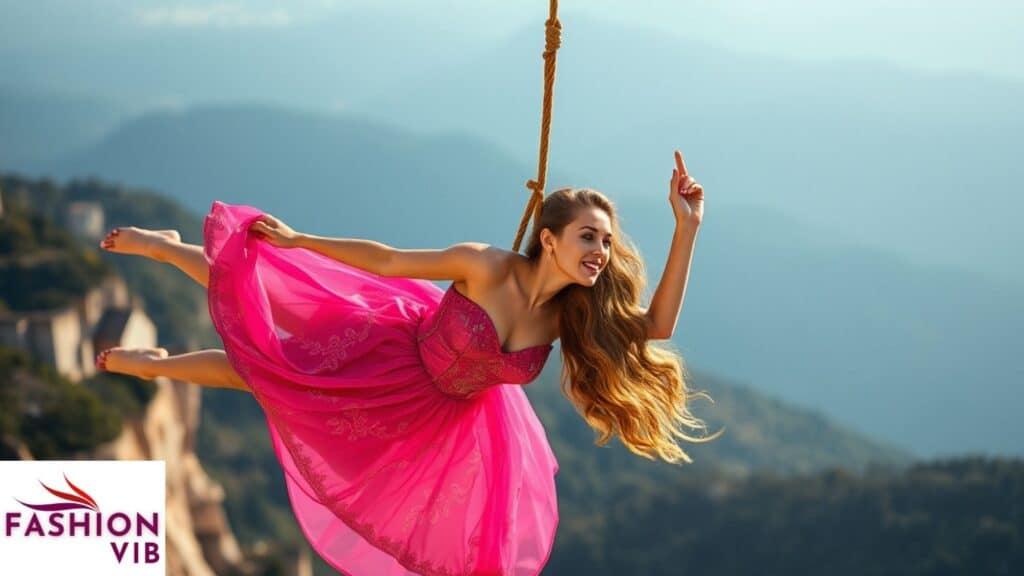
The Trapeze Dress is loose fitting and flares out from the shoulders, creating a flowing, A line silhouette. This style is comfortable and casual, making it a great choice for everyday wear.
Halter Dress types

The Halter Dress features straps that tie or fasten behind the neck, leaving the shoulders and back exposed. This style is perfect for summer events or beach vacations. Halter dresses can be both casual and formal, depending on the fabric and design.
A Line Dress types
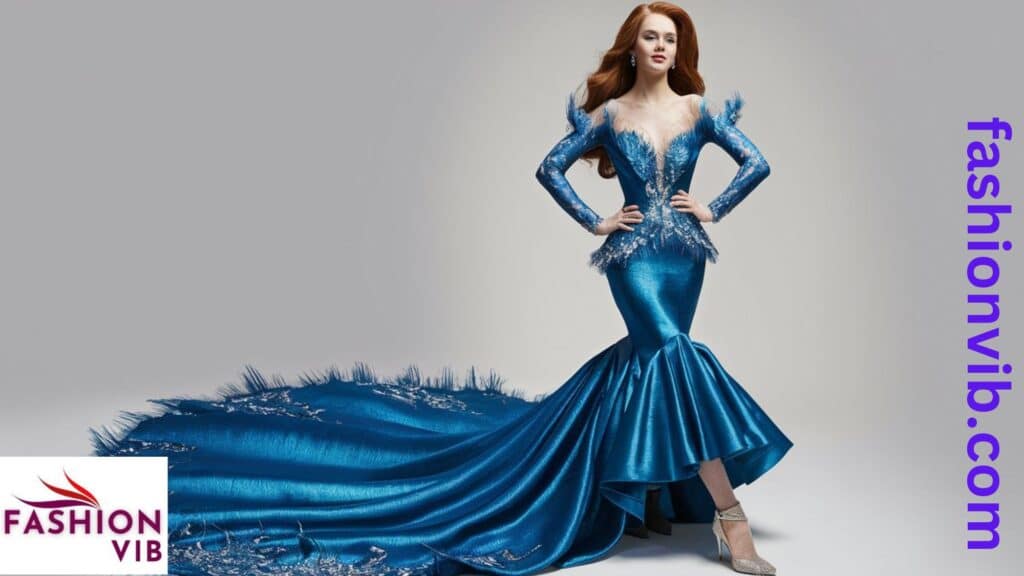
The A Line Dress fits closely at the top and gradually flares out towards the hem, creating an “A” shape. It’s a classic and universally flattering silhouette that works for all body types. A line dresses offer versatility, suiting both casual and formal occasions.
Pencil Dress types

The Pencil Dress is a form fitting, straight dress that typically ends at the knee. This sophisticated style suits business or formal events. Pencil dresses stand out for their sleek and polished look.
Tiered Dress types
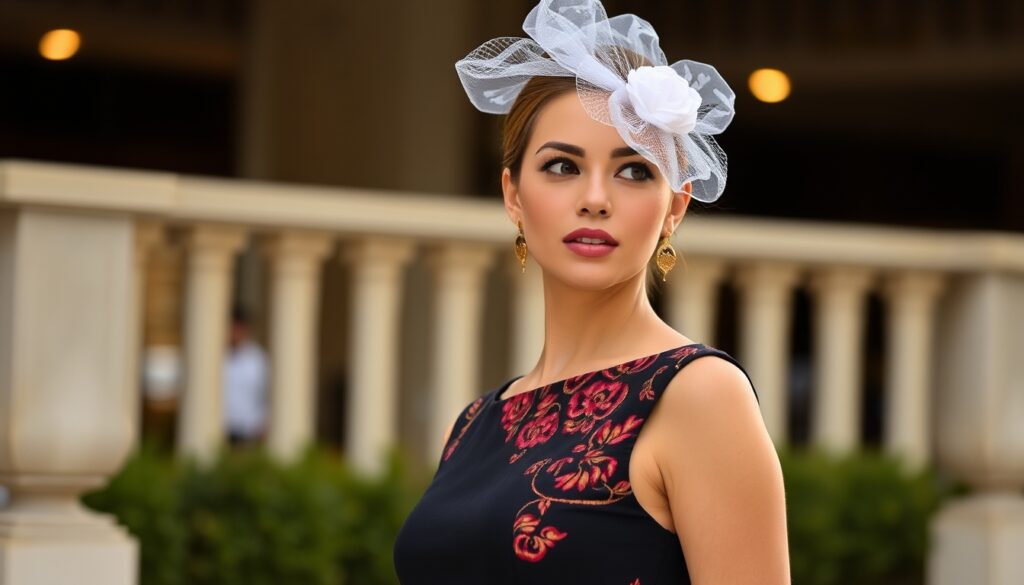
The Tiered Dress features layers or “tiers” of fabric, adding volume and dimension to the skirt. This style is playful and feminine, perfect for casual or semi formal occasions.
Tunic Dress types

The Tunic Dress is loose fitting and often worn over leggings or skinny jeans. This casual, comfortable style pairs well with accessories for a dressed up look or works perfectly for everyday wear.
Bardot Dress types
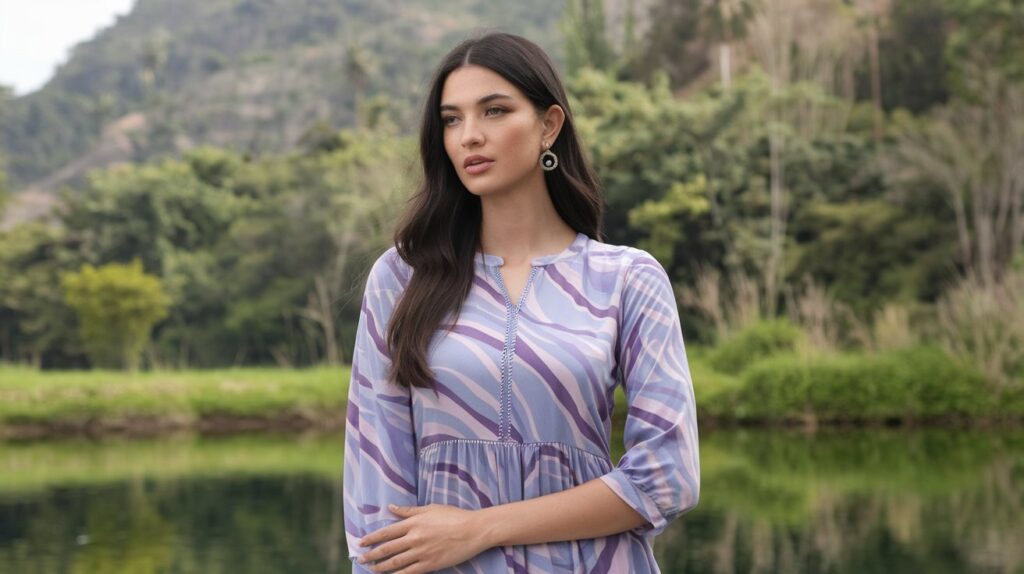
Named after actress Brigitte Bardot, the Bardot Dress is an off shoulder style that exposes the shoulders and collarbone. It’s a feminine and flirty look, perfect for summer events or casual outings.
Blouson Dress types
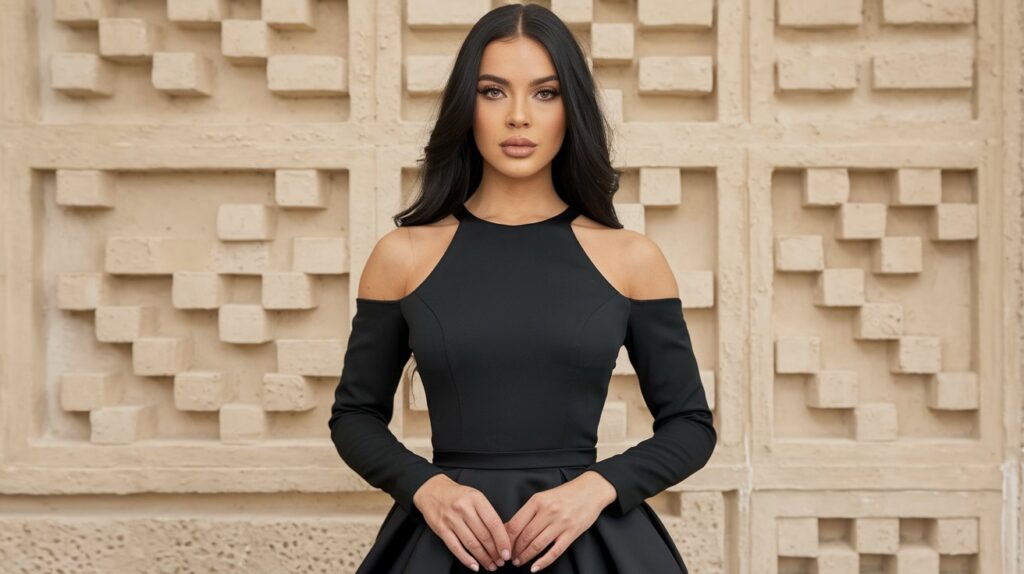
The Blouson Dress features a gathered or elasticized waist, creating a bloused effect at the top. This style is flattering for women who want to create the illusion of a smaller waist while maintaining a relaxed fit.
Bouffant Dress types
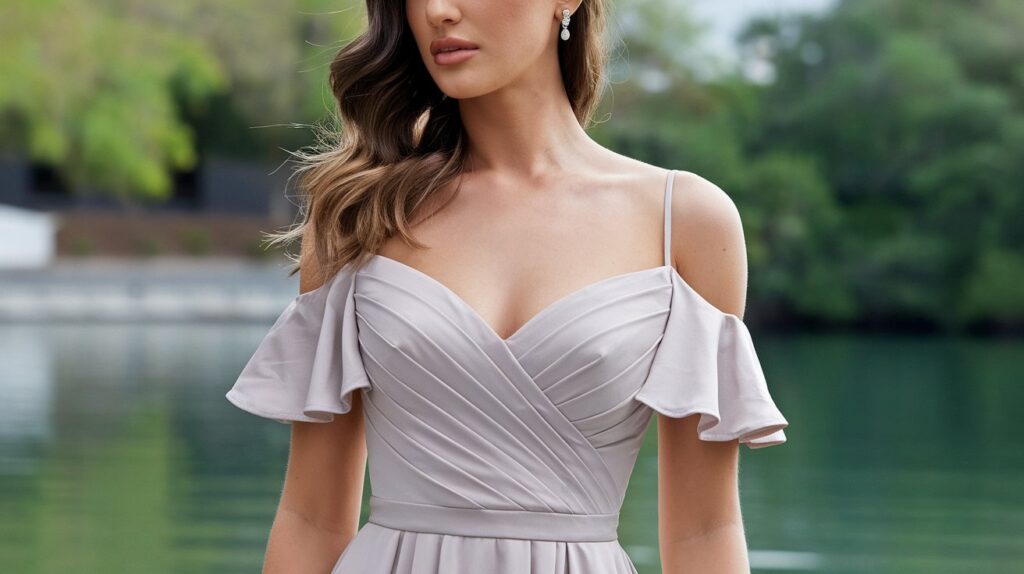
The Bouffant Dress features a voluminous skirt, often created with layers of tulle or crinoline. This dramatic style appears frequently in formal wear and makes a grand entrance at events like weddings or proms.
Cocktail Dress types
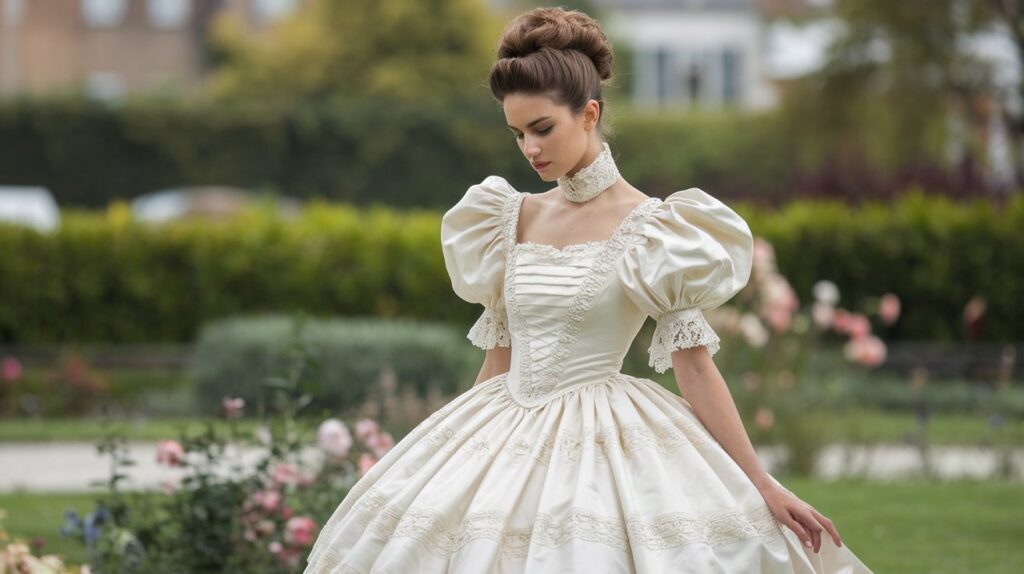
The Cocktail Dress is a semi formal style for evening events or parties. It’s often shorter in length and made from luxurious fabrics like silk or satin.
Cocktail dresses offer versatility and suit a variety of occasions, from weddings to dinner parties.
Why Are There So Many Different Types of Dresses?
Dresses come in such a wide variety due to cultural, historical, and fashion related factors. Here are some key reasons why we see so many different types of dresses:
Cultural Influence
Dresses from various parts of the world reflect different cultural norms and preferences. For example, the Qipao from China and the Kimono from Japan are traditional dress styles that have evolved into modern fashion but still carry significant cultural meaning.
Fashion Evolution
Fashion is constantly evolving, and designers are always creating new dress styles to meet changing tastes and trends. A popular style one year maybe replaced by a new trend the next, but many classic styles remain timeless.
Body Shape and Personal Style
Different dress styles flatter various body shapes. For example, A Line Dresses are universally flattering, while Bodycon Dresses highlight curves. This variety allows women to choose styles that suit their body shape and personal style.
Occasion Specific Dressing
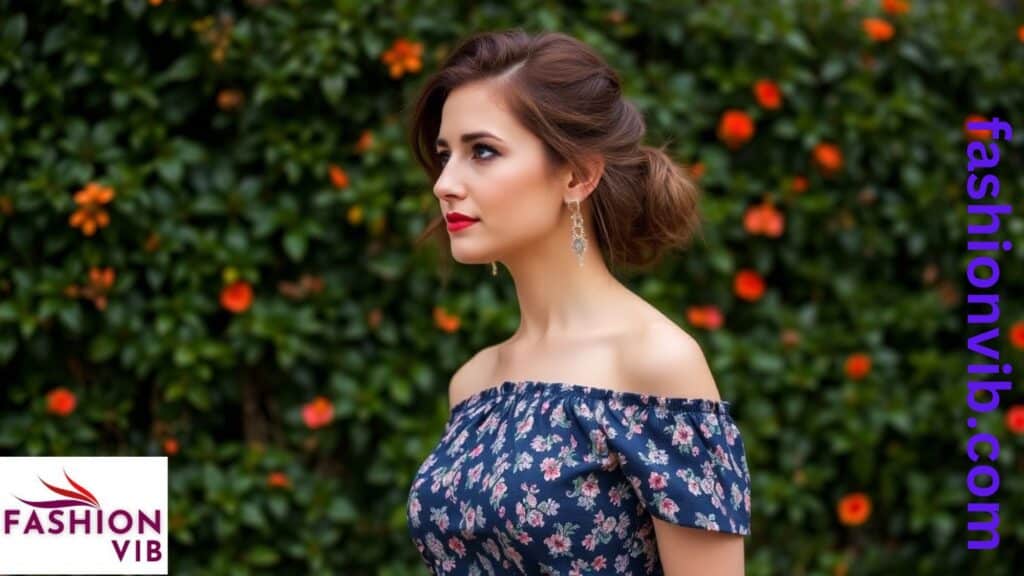
Certain events call for specific dress types. For example, formal events like weddings or galas often require Ballroom Dresses or Cocktail Dresses, while casual outings may call for T Shirt Dresses or Sundresses. This need for versatility has led to the creation of numerous dress styles to suit any occasion.
Dress Lengths Explained
Mini
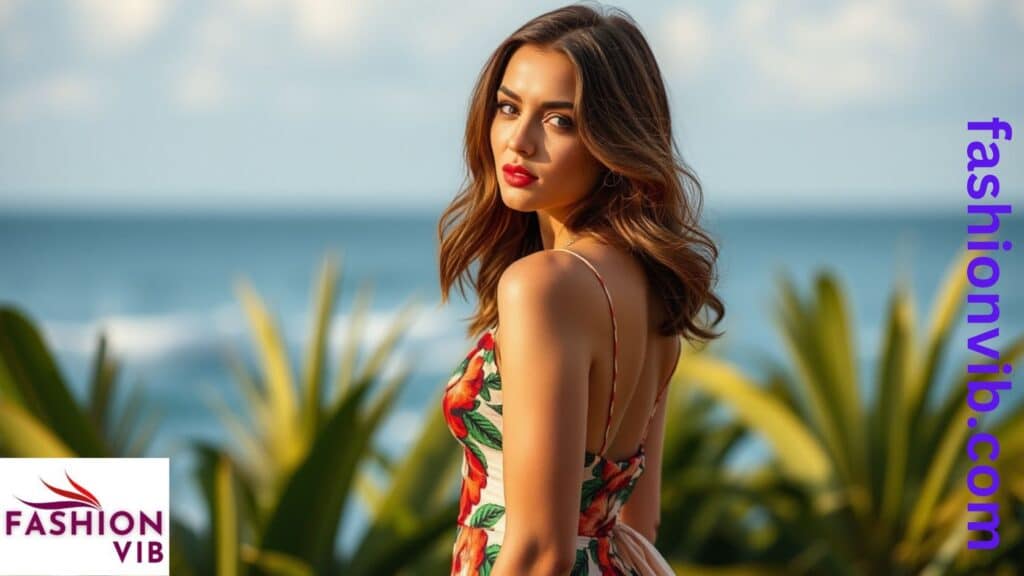
The Mini Dress is short and typically ends above the knee. It’s playful and bold, often worn for casual or semi formal occasions.
Midi
The Midi Dress falls between the knee and ankle, offering more coverage than a mini but still showing off some leg. You can style it up or down, making it versatile.
Maxi
The Maxi Dress is long and typically reaches the ankles. It’s often flowing and relaxed, making it perfect for casual or formal occasions.
Tea Length

The Tea Length Dress falls between the knee and ankle, offering a modest yet elegant option for semi formal or formal occasions.
High Low
The High Low Dress features a hemline that is shorter in the front and longer in the back, creating an asymmetrical look.
Conclusion
Dresses are an essential part of women’s fashion, offering endless possibilities for personal expression. Whether you prefer the elegance of a Maxi Dress, the form fitting allure of a Bodycon Dress, or the casual comfort of a T Shirt Dress, there’s a dress style for every occasion and body type. Understanding the various types of dresses and how to wear them can help you make more informed fashion choices and feel confident in your style.
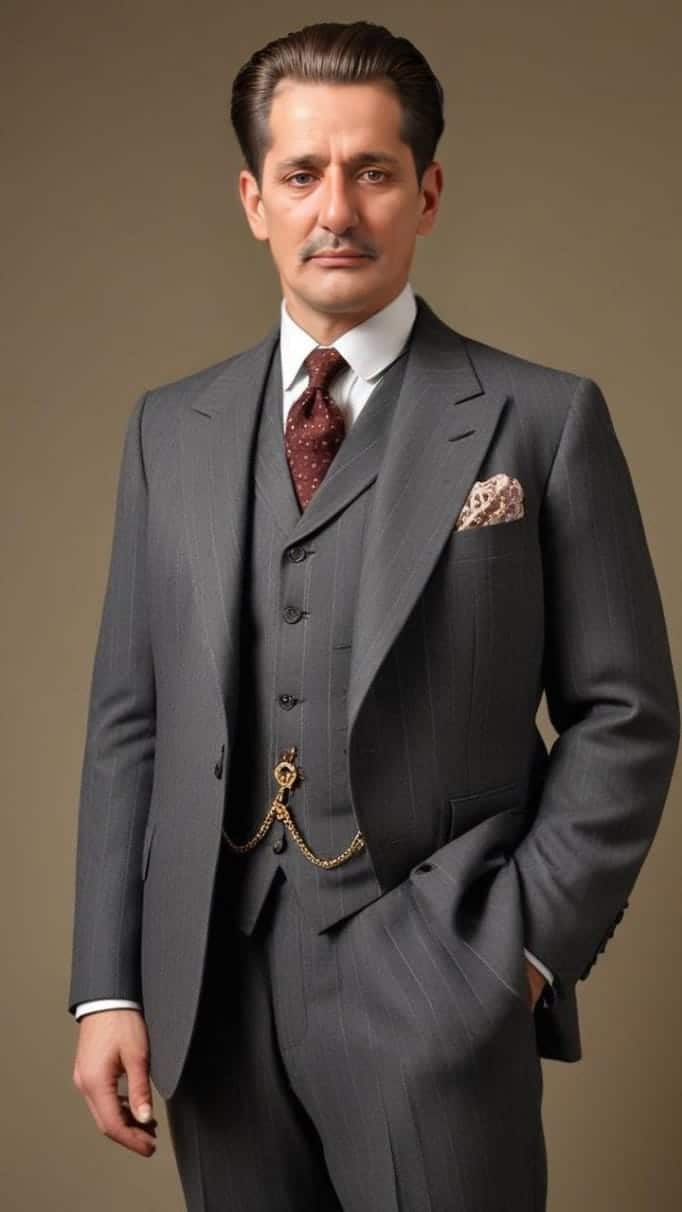
James is a seasoned fashion blogger with over a decade of experience in the industry. His keen eye for trends and insightful commentary make him a trusted voice in fashion. Passionate about style evolution, James combines his extensive knowledge with a unique perspective, offering readers fresh and engaging content. Follow his journey as he navigates the ever-changing world of fashion on Fashion Vib.






